Rare Rides: The 1995 Eagle Vision - End of the Line

It’s unofficially been Chrysler Time around the Rare Rides pages lately, and another Chrysler product follows up the New Yorker and Conquest. It was much more important product than either of those two, however, and it signified the end of one of Chrysler’s divisions.
Picture it: 1995, Eagle Vision.
The LH platform cars came at a critical time for Chrysler. The company’s bread-and-butter car sales for the previous decade-plus were generated by the K-car platform, and its many, many derivations. But those vehicles were getting long in the tooth, and Chrysler needed a more modern mainstream sedan offering. So it turned to Renault.
Or rather, the car which Renault and AMC developed together in the Eighties, and marketed as the Renault Premier in Europe and the Eagle Premier and Dodge Monaco in North America. The twins were not successful due to a combination of factors we won’t explore today (as that’s for another Rare Ride). But the modified monocoque Renault 25 platform which the Premier rode on was a good one, according to Bob Lutz, so the Premier served as a basis for its spiritual successor, the Eagle Vision. A small team of engineers worked on the project; the man in charge was from AMC. The benchmark for all LH cars was the Premier.
The exterior design was a rework of an abandoned 1987 Lamborghini sedan concept called Portofino. The cab-forward design was lauded after its debut at the Frankfurt Motor Show, but at the time Lamborghini was a new and recently bankrupted property at Chrysler. And anyway, 1987 was not a time of four-door super sedans. Portofino sat idle for a couple of years before it was dusted off and given a new purpose. The Dodge Intrepid and Eagle Vision debuted for the 1993 model year, followed by the Chrysler Concorde, LHS, and New Yorker (trim variations of the same car) for 1994.
There were two engine options in the LH cars, the smaller of which was the Chrysler 3.3-liter V6 that had powered its cars and minivans since 1990. A larger derivative of that engine (3.5-liters) was also available. All first-generation LH cars used a four-speed automatic transmission that was new for 1993.
The Vision was considered the sportiest LH car offering. It had less exterior badging than its Dodge or — especially — Chrysler siblings. The overall look was monochrome, with grey lower trim added to many examples for a more sporty, Pontiac-like look. Other unique features on the Vision were a standard Touring suspension and an optional Performance version.
For its entire run, there were two trims of Vision: ESi and upscale TSi. The TSi had more standard power equipment, leather powered seats, and a powered antenna not available on ESi. All TSi versions came standard with the larger 3.5-liter engine as well, good for 214 horsepower.
The Vision moved over 100,000 examples in the LH cars’ first generation, which ran through the 1997 model year. But by then the writing was on the wall for Eagle. The company was shedding products from its lineup by the turn of the Nineties, and by ’97 there were two left: Vision and Talon. It was decided to close the Eagle brand after 1998, as the Talon wrapped up its run. The sedan which was to become the second Vision was instead introduced a year after the other second-gen LH cars, as the Chrysler 300M. Chrysler marched on, sans Eagle.
Today’s Rare Ride is presently for sale in Illinois. With 170,000 miles on the odometer, it’s really in shockingly nice condition. Yours for $2,000.
[Images: seller]

Interested in lots of cars and their various historical contexts. Started writing articles for TTAC in late 2016, when my first posts were QOTDs. From there I started a few new series like Rare Rides, Buy/Drive/Burn, Abandoned History, and most recently Rare Rides Icons. Operating from a home base in Cincinnati, Ohio, a relative auto journalist dead zone. Many of my articles are prompted by something I'll see on social media that sparks my interest and causes me to research. Finding articles and information from the early days of the internet and beyond that covers the little details lost to time: trim packages, color and wheel choices, interior fabrics. Beyond those, I'm fascinated by automotive industry experiments, both failures and successes. Lately I've taken an interest in AI, and generating "what if" type images for car models long dead. Reincarnating a modern Toyota Paseo, Lincoln Mark IX, or Isuzu Trooper through a text prompt is fun. Fun to post them on Twitter too, and watch people overreact. To that end, the social media I use most is Twitter, @CoreyLewis86. I also contribute pieces for Forbes Wheels and Forbes Home.
More by Corey Lewis
Latest Car Reviews
Read moreLatest Product Reviews
Read moreRecent Comments
- Carson D The Mercedes-Benz safety car with the Mercedes-Benz-contracted touring car driver picking up the second place Red Bull Honda so the leading McLaren-Mercedes-Benz could retain its lead after pitting was some Roger Penske-caliber shenanigans.
- Fahrvergnugen The only GP we watch - and attend - is SailGP. Feeds a slightly different bunch of adrenaline junkies, though there must be some overlap.
- SCE to AUX Fisker filed for reorganization in Austria - the end is near.https://insideevs.com/news/718875/fisker-reorganization-austria/
- Bd2 I'll watch F1 when Kia and/or Hyundai pony (pun intended) up the cash to field a class leading team. Hyundai is leading many series with the Elantra N with it's incredible 350HP Smartstream-N engine.
- MaintenanceCosts More or less an admission that the radar-only cars will never do anything that could reasonably be marketed as "Full Self-Driving."



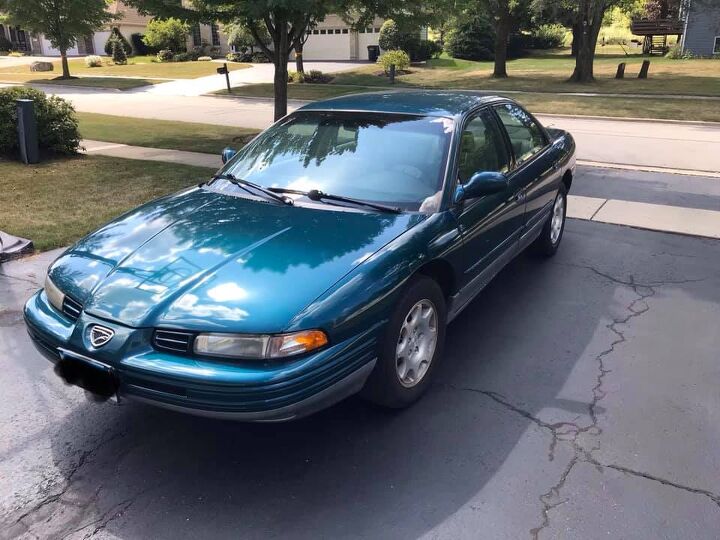


















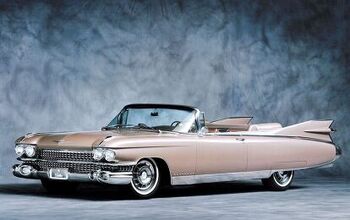


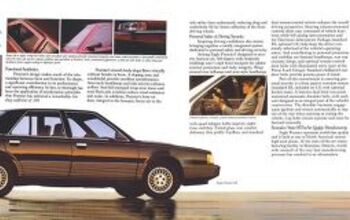
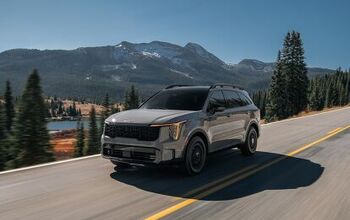


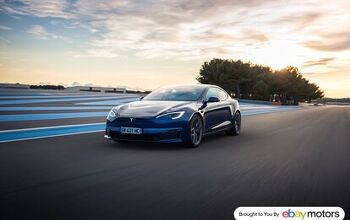

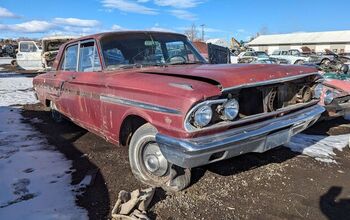
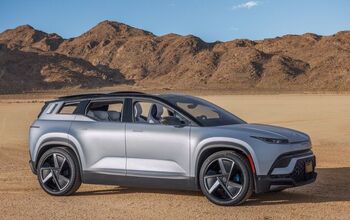

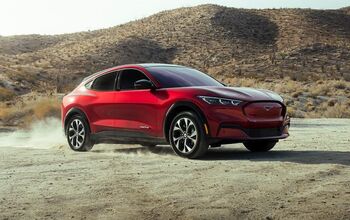
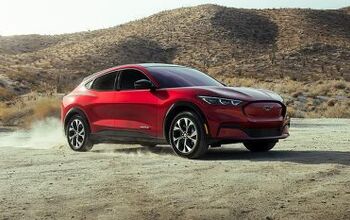
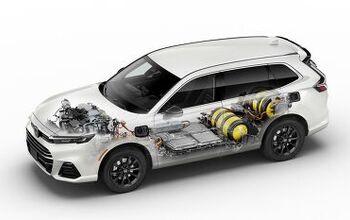
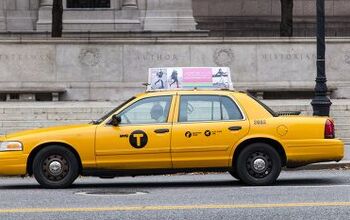
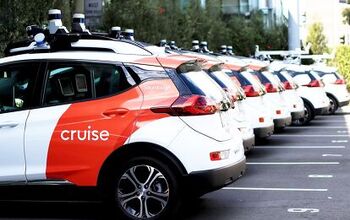
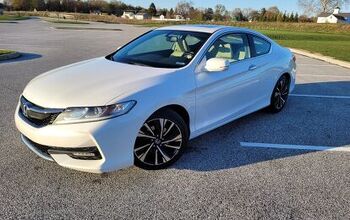
Comments
Join the conversation
I have a 1995 Eagle vision I'm looking to sell I'll take 2000$ for it
I'm looking for a decent dodge eagle vision to buy and I'm having a hard time finding one. If anyone has or knows of one for sale in the USA I'm in Tennessee please let me know at my email larrypresley1029@gmail.com